10
March
Leo Gilling is not one to forget his roots—or anyone in need. The industrious native of Jamaica, who now runs an insurance agency in Florida, grew up in Oracabessa with a determination to make the most of his life. For Leo, that means working hard and giving back even harder, particularly in the area of education.
“I was trained as a teacher in Jamaica, but after college, I switched career tracks to business,” Leo says. The change gave him a better pay check, while still letting him make significant investments in Jamaican education. That includes working alongside Diane Pollard, President and CEO of the Issa Trust Foundation, to increase charitable involvement in education.
Most recently, Leo is partnering with ITF through his work as The Advisory Board Member (ABM) for the West/Midwest USA and the leader of the Jamaican Diaspora Education Task Force. (JDETF) In this role, he serves as an organizer for Camp Summer Plus, a summer program funded by USAID through the Jamaican Ministry of Education with a goal of raising numeracy and literacy among at-risk third graders.
“This is the most critical phase of primary school education,” Leo explains. “The Grade 4 Literacy Test (G4LT) must be mastered before students are allowed to sit the Grade Six Achievement Test (GSAT), the determinant of secondary school placements. We’re attempting to have at-risk students who’ve finished third grade engaged for five weeks in summer so that when they go back to school in September, they will be able to perform at or above their grade level.”
Teachers help to identify pupils who will most benefit, Leo says, and many of those students are reading below the first grade level. At least 125 children will attend the all-day camps, which will be held in three locations.
This year Camp Summer Plus will also include health, occupational therapy, hearing, vision and dental screenings. “Unlike the majority of students in America, Jamaican children might have learning challenges because they don’t have balanced diet and nutrition,” Leo says. “For instance, iron deficiencies can be disabling, and that is somewhat common in Jamaica. So kids sit in class while the teacher is teaching, but they’re not learning. Students might get a C not because they can’t read, but because they can’t see and are too proud to admit it due to their background; the same for hearing.”
Fortunately, Leo didn’t have to look far for a pediatrics partner. “There was no other fitting person to contact than Diane Pollard of Issa Trust Foundation whose specialty is pediatrics,” Leo says. “Issa Trust Foundation is mobile, the personnel are super committed and energized to do work in Jamaica, and Diane comes with a high level of professionalism and competency.”
“I was trained as a teacher in Jamaica, but after college, I switched career tracks to business,” Leo says. The change gave him a better pay check, while still letting him make significant investments in Jamaican education. That includes working alongside Diane Pollard, President and CEO of the Issa Trust Foundation, to increase charitable involvement in education.
Most recently, Leo is partnering with ITF through his work as The Advisory Board Member (ABM) for the West/Midwest USA and the leader of the Jamaican Diaspora Education Task Force. (JDETF) In this role, he serves as an organizer for Camp Summer Plus, a summer program funded by USAID through the Jamaican Ministry of Education with a goal of raising numeracy and literacy among at-risk third graders.
“This is the most critical phase of primary school education,” Leo explains. “The Grade 4 Literacy Test (G4LT) must be mastered before students are allowed to sit the Grade Six Achievement Test (GSAT), the determinant of secondary school placements. We’re attempting to have at-risk students who’ve finished third grade engaged for five weeks in summer so that when they go back to school in September, they will be able to perform at or above their grade level.”
Teachers help to identify pupils who will most benefit, Leo says, and many of those students are reading below the first grade level. At least 125 children will attend the all-day camps, which will be held in three locations.
This year Camp Summer Plus will also include health, occupational therapy, hearing, vision and dental screenings. “Unlike the majority of students in America, Jamaican children might have learning challenges because they don’t have balanced diet and nutrition,” Leo says. “For instance, iron deficiencies can be disabling, and that is somewhat common in Jamaica. So kids sit in class while the teacher is teaching, but they’re not learning. Students might get a C not because they can’t read, but because they can’t see and are too proud to admit it due to their background; the same for hearing.”
Fortunately, Leo didn’t have to look far for a pediatrics partner. “There was no other fitting person to contact than Diane Pollard of Issa Trust Foundation whose specialty is pediatrics,” Leo says. “Issa Trust Foundation is mobile, the personnel are super committed and energized to do work in Jamaica, and Diane comes with a high level of professionalism and competency.”



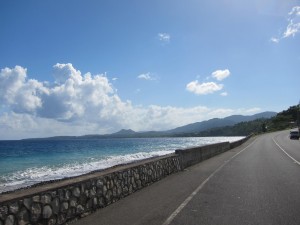


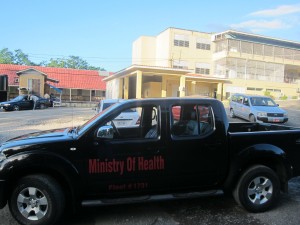
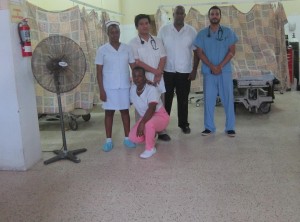
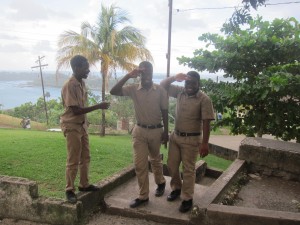


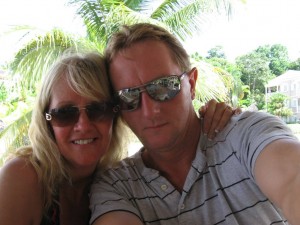


Connect With Us